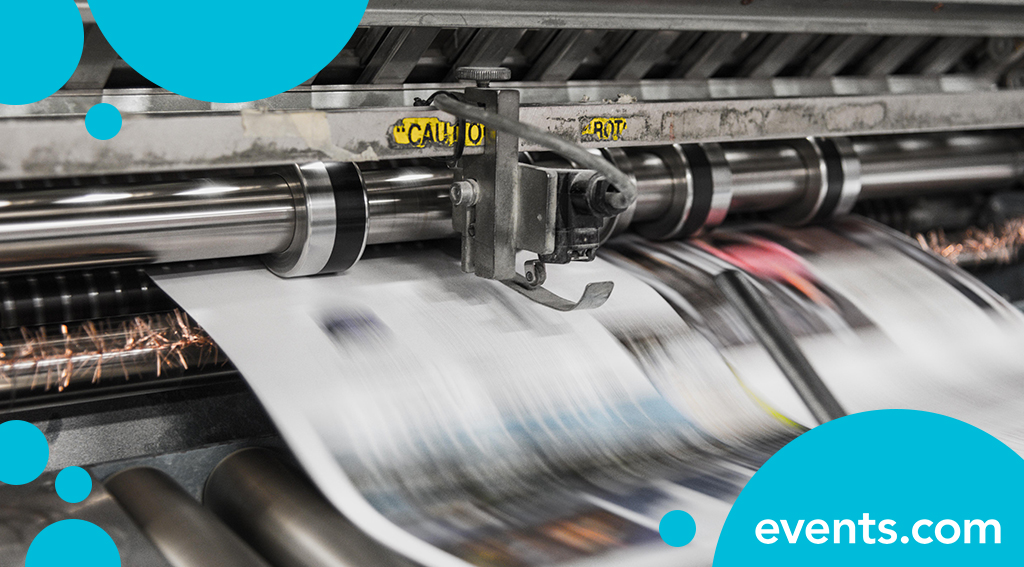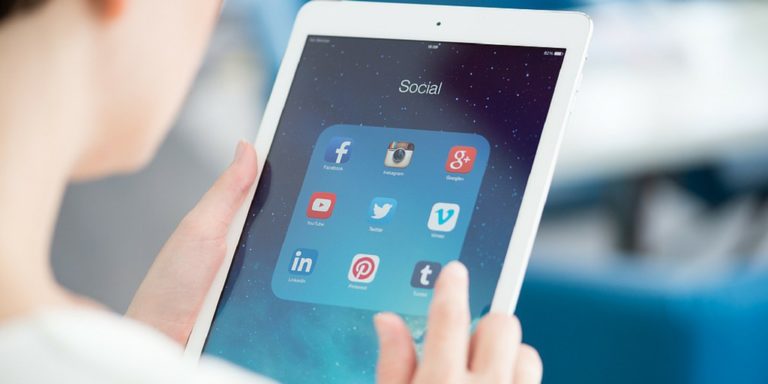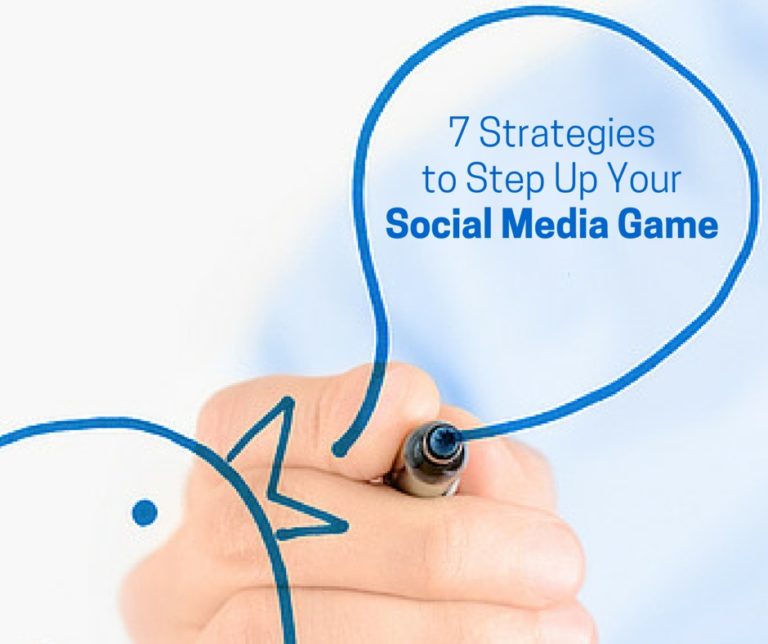Stepping into the role of an event organizer comes with many responsibilities. After all, there’s a lot that needs to be done when planning an event. However, whether you’re a seasoned or novice event planner, one of your main goals should be to increase event attendance. To do that, you’ll need a good marketing strategy, which should include market research, event activation, and an event press release.
What Is the Purpose of an Event Press Release?
You’ve likely heard of traditional press releases or news releases before — they’re official statements detailing important information that are released by companies through a news outlet. Companies often enlist a communication professional to write press releases, which can be used to announce a new product launch, a merger between two companies or brands, quarterly earnings reports, or even events.
When it comes to events, press releases can be used to convey information pertaining to upcoming events hosted by your organization and can help attract diverse audiences, ranging from journalists to influencers and the wider public. More than that, they can be a valuable tool for building anticipation and generating buzz, ensuring a successful and well-attended event.
Event press releases help market and advertise in-person, virtual, and hybrid events, so whatever type of event you’re planning, be sure to use this important tool to garner the attention your event deserves.
10 Key Steps for Writing an Effective Press Release
Crafting a compelling press release is a job often left to public relations or communication professionals, though it’s not unusual for entrepreneurs or small business owners to write press releases on their own or hire freelance writers to handle the job.
Here is an example of an event press release and how it should be set up:
- Title
- Italicized subheading
- Location of your company
- Two to three detailed paragraphs about the event
- Bulleted facts
- Description of your company
- Contact information
Though this event press release template is generic, it can help you start writing your own effective press release.
If you’re still stuck, here are some more detailed tips to help you write a good press release for an event that captures the attention of media outlets and your target audience and increases the chances of widespread coverage and engagement.
1. Understand Your Target Audience
Your target audience will fall into two categories: those who publish your press release and those who read your press release. When thinking about publishers, you’ll need to understand their niche and how relevant your press release is to their publication. For example, if your event is about technology, then reaching out to a technology reporter would be your best bet.
However, understanding your readers is more nuanced than that. First, you’ll need to identify just who your readers are. To do this, look at who is buying your product or service. Identify your target audience’s ages, locations, and interests. Interacting with your audience via social media is a great way to learn more about them.
Tailor the language and tone of your press release to resonate with this specific audience, ensuring your message is relevant, engaging, and likely to capture their attention. This will help you establish a stronger connection with your audience and make your event seem more relevant and appealing to them.
Additionally, if you want your press release to appear across search engines, make sure to have a good search engine optimization (SEO) strategy in place.
2. Write in an Active Voice
Audience engagement is best done with an active rather than passive voice. Writing in a passive voice results in unclear and wordy sentences. In contrast, using an active voice allows you to be direct with your audience.
To write in an active voice, ensure that the subject performs the action: for example, “The chef prepares a delicious meal for the guests.” In passive voice, the sentence becomes, “A delicious meal is prepared for the guests by the chef.” Notice how the passive sentence is wordier and less direct compared to the active voice. Since passive voice removes your audience from the action, the story becomes less exciting and relatable to them.
3. Incorporate a Mission Statement To Represent Your Brand
A mission statement explains the purpose of something — in your case, your event and what it’s about. This is a great way to represent your brand and explain your mission and objectives to your audience. Your mission statement will also establish a strong emotional connection with your target audience. By highlighting the core values and aspirations behind your brand, your press release will resonate with readers and encourage active engagement with your event.
Your mission statement will also establish your event’s authenticity and credibility by providing a clear and transparent declaration of your intentions, values, and goals. In crafting your mission statement, make sure it is concise, impactful, and aligned with your event’s objectives.
4. Craft an Attention-Grabbing Headline
Headlines are the perfect way to capture your audience’s attention quickly by informing them about what your event has to offer. A great headline that grabs the attention of your audience and conveys a sense of urgency or excitement can entice them to read the rest of your press release.
Here are a few tips to help you craft an attention-grabbing press release headline:
- Be concise and straightforward
- Evoke curiosity to create engagement
- Incorporate powerful keywords
- Emphasize the unique selling points of your event
5. Include Key Information and Event Details in the Opening Paragraph
The opening paragraph of your press release will be what sets the tone for your entire announcement, effectively drawing your readers in and compelling them to continue reading. As such, it should include pertinent details about your event.
Include your event’s name and an informative tagline that encapsulates your event’s purpose, objective, and/or theme. Detail when and where your event will take place and give a brief overview of what attendees can expect to take away from your event.
Including this key information will pique your audience’s interest and provide them with a clear understanding of what your event is all about from the beginning.
6. Incorporate Direct Quotes and Testimonials
Once you send your press release out for distribution, whether it be to a journalist or a news outlet, you should expect edits and changes. However, one aspect of your press release that won’t change is the direct quotes and testimonials you include.
Quotes and testimonials can serve a greater purpose by informing your readers of the genuine experiences and perspectives related to your event, adding credibility and authenticity to your press release.
Choose carefully. The quotes and testimonials you use should highlight the value and impact of your past events and how your readers will benefit from attending.
7. Showcase Event Highlights and Benefits
Next, it’s time to showcase why readers should attend your event by highlighting the best parts of your event. Talk about the venue’s setup and the catering service you’ve selected. Include details about who will be speaking at your event as well as any sponsors and exhibitions that will be featured. Emphasize the unique workshops, interactive activities, and networking opportunities that set your event apart from others.
Make sure to also explain your event’s overall objectives and how your audience can benefit from attending. Finally, include any unique offerings, such as merchandise and swag offered at your event, and any add-on packages available, such as VIP access.
8. Include Registration and Contact Information
After your audience reads your press release, they’ll hopefully want to register for your event. Don’t leave your readers having to guess where to sign up. Include registration and contact information at the bottom in a concise and easy-to-understand format.
Incorporate direct links to your event’s registration page and contact details, ensuring seamless access for those interested in attending. Encourage prompt action by using a clear call-to-action, inviting readers to secure their spots early and participate in what promises to be an unforgettable event.
9. Incorporate a Paragraph About Your Organization
In the final paragraph, include information about your organization. Give a brief overview of how your organization started and how it has evolved over the years. Keep it short and concise, but be sure to detail your overall mission and objectives. This can help your audience identify with your organization and understand the driving force behind your event. Sharing your organization’s journey and core values allows you to establish a deeper connection with potential attendees.
10. Distribute Your Press Release on News Outlets and Other Channels
Once your press release is written, it’s time to distribute it to the appropriate outlets. First, reach out to news outlets and social media influencers. Social media channels such as Facebook, where you can post long-form content, are a great way to advertise your press release. Used properly, even short-form channels such as TikTok and Instagram can help you to attract a larger audience.
For release distribution, you can also reach out to journalists and publications who may be interested in distributing your press release. Remember to keep your target audience in mind when reaching out to increase the chances that your press release will be picked up. If you’re unsure about the best way to distribute your press release, release distribution services can be a great help.
Manage Your Events With the Latest Technology at Your Fingertips
As an event organizer, it’s your responsibility to ensure that your event offers a seamless experience for your attendees as well as your guest speakers and sponsors. There’s no better way to make sure of this than through using Events.com’s event management software. With Events.com, you get the latest event technology at your disposal, allowing you to build custom landing pages, gather important data and analytics, and set up and run an event from start to finish in a matter of minutes. Connect your payment account, sell tickets, take in registrations, sell merchandise, and more with Events.com today.






